Help! Grout Discoloration on New Shower Floor
twotzus
16 years ago
Featured Answer
Sort by:Oldest
Comments (61)
bill_vincent
16 years agolast modified: 9 years agotwotzus
16 years agolast modified: 9 years agoRelated Discussions
Help! - darkened shower floor grout
Comments (5)It still kills me that copper is considered the cadillac for pans in MA. I grew up in, and have worked in MA, so I'm plenty familiar with their methods. Some are so restrictive, some so lax, some so contradictory in nature. It still comes down to the pan being flat, and any imperfections in the flatness can lead to birdbaths (ponding), especially in the folded corners of the pan. While others will likely disagree, it's a failed installation in my world. The irony is that the installation is legal, and while the worksmanship, materials, and methods can be impeccable, a mud bed that retains moisture can be problematic over time. Some installations do need time to settle in. But if Bill recommended the guy, I figure your installer will give you a better analysis of what is occurring since he can put his eyes on the job, and he knows exactly how the floor and walls are detailed. I'm in Thailand now and your photos aren't loading. Probably not an issue with your photos, but with my internet connection....See MoreDiscoloring bathroom shower grout, cleaning?
Comments (6)It looks like it needs a good cleaning with a brush. Any number of products will work; I prefer something like Softscrub with Bleach or Comet Spray Gel Mildew Stain Remover. The scrubbing action with a brush or scrubbie should do the trick. Ventilating the area with a small fan placed on the floor and blowing into the shower stall should help slow down future mold. Here is a link that might be useful: first pic...See MoreNew Grout Discoloration Issues
Comments (9)Hi, as a retired tiler of 25 years experience I can tell you of three grout discolour problems. Firstly however I observe that there are a number of different types of tile grout out there, and each has to be mixed, applied and cleaned up in its own way. If your tiler is an experienced tradesman he or she will know how to mix and apply the product selected. For instance, conventional portland cement based grouts can me mixed either thick or thin - from tooth paste like consistency to pourable like cream, and can be cleaned up without over concern about how much water you use or whether the clean up water is kept fresh or not. These grouts are probably the most fool proof, but will allow efflorescence to develop over time on say shower walls and floors. Grouts based on an aluminum version of cement must not be mixed too thin, rather like tooth paste, and MUST NOT be cleaned up with lots of water - the dryer the better on the sponge. Two problems I have encountered with these grouts is that if mixed too thin so as to allow troweling on rather than applying with blades and spatulas the resultant grout will be chalky and weak. I also had one job where the grout (a light grey) was patchy on drying. Consultation with the importer threw up a number of suggestions such as contaminated mix water (but why did every batch show strong variation within each batch, rather than a consistent discolouration for each batch) and inadequate mixing (definitely not as I had used the same procedure with a very great number of jobs over many years without this colour variation). Tried using store bought water - same outcome. Dud batch possibility, but the grout colour is a very popular one and the importer had had no other complaints, or so he said. Then took notice of a very stubborn waxy coating on the tiles. This was a Chinese practise to prevent the tiles being damaged in transport and handling. Tile suppliers variously reported problems getting this wax off on completion of the job, but that is another issue. The possibility was that the wax was interfering with the grout, in some way. Provided samples of the "contaminated" grout to three firms who all swore they could find out what the contaminant was, but all subsequently ran for cover and provided no analysis. In the end I cut all the old grout out (130 sq meters of it) and replaced it all with epoxy grout. Problem gone - happy customer - wiser tiler. This brings me to the third type of grout I am familiar with and that is the epoxy grouts. They are two part, need precision in mixing, and must be applied with steel blades rather like say putty. Clean up is with ample water - the more the better. Most tilers hate epoxies because they are considerably more work to apply. They have the virtues however that the colour as applied is the colour you wind up with, and they are waterproof and so will not cooperate with efflorescence and will not harbour moulds or stains. Great for bathrooms and kitchens. Ideal? Not quite. The white version of everyone's epoxy slightly yellows with age, and not uniformly. All other colours seem to be "colour fast". As to your problem I suggest you try one of the paint on epoxy grout colourants. These can work really well but you need a test area to see if it does OK over the old grout. An easy job for a home owner to do - just follow the instructions. The epoxy colourant will also help with efflorescence because it helps close up the porosity in conventional grouts. Failing this the only fix it to remove all the old grout and replace with epoxy grout. That definitely is not a home owner's job. Sorry. Hope it all works out....See MoreHELP! New floor grout color very inconsistent - regrout or color seal?
Comments (4)It’s three days since it was grouted. And im somewhat familiar with effloressence — I’ve had it on other tile jobs, but that usually can be scratched off or scraped off at least partially and this does not. What i had understood about colored grout is that there is x-amount of colorant within a box and you can definitely dilute out your colorant within the powder if it’s not mixed properly... which is why there is specific mixing “recipe” on the box. If you just wing it On the amount of water added, you’re going to get different concentrations of colorant in each batch.......See MoreMongoCT
16 years agolast modified: 9 years agotwotzus
16 years agolast modified: 9 years agojmibc
16 years agolast modified: 9 years agobill_vincent
16 years agolast modified: 9 years agojmibc
16 years agolast modified: 9 years agobill_vincent
16 years agolast modified: 9 years agokeeth
16 years agolast modified: 9 years agojmibc
16 years agolast modified: 9 years agoscottmel
16 years agolast modified: 9 years agocoachark
16 years agolast modified: 9 years agobill_vincent
16 years agolast modified: 9 years agocoachark
16 years agolast modified: 9 years agobill_vincent
16 years agolast modified: 9 years agojmibc
16 years agolast modified: 9 years agojmibc
16 years agolast modified: 9 years agobill_vincent
16 years agolast modified: 9 years agotwotzus
16 years agolast modified: 9 years agokeeth
16 years agolast modified: 9 years agojmibc
16 years agolast modified: 9 years agocoachark
16 years agolast modified: 9 years agojakkom
16 years agolast modified: 9 years agokeeth
16 years agolast modified: 9 years agojmibc
16 years agolast modified: 9 years agoscottmel
16 years agolast modified: 9 years agobill_vincent
16 years agolast modified: 9 years agoscottmel
16 years agolast modified: 9 years agobill_vincent
16 years agolast modified: 9 years agoscottmel
16 years agolast modified: 9 years agobill_vincent
16 years agolast modified: 9 years agojmibc
16 years agolast modified: 9 years agokeeth
16 years agolast modified: 9 years agocoachark
16 years agolast modified: 9 years agobill_vincent
16 years agolast modified: 9 years agocoachark
16 years agolast modified: 9 years agoweedyacres
16 years agolast modified: 9 years agotwotzus
16 years agolast modified: 9 years agoscottmel
16 years agolast modified: 9 years agobill_vincent
16 years agolast modified: 9 years agoscottmel
16 years agolast modified: 9 years agoscottmel
16 years agolast modified: 9 years agodiyhandyman
16 years agolast modified: 9 years agoscottmel
16 years agolast modified: 9 years agomargomia
15 years agolast modified: 9 years agosnulton
15 years agolast modified: 9 years agoreeder_nancy_gmail_com
13 years agolast modified: 9 years agoJanie2K
9 years agolast modified: 9 years agoJanie2K
9 years agolast modified: 9 years agomaddy127
8 years agolast modified: 8 years ago
Related Stories

TILEEpoxy vs. Cement Grout — What's the Difference?
Grout is grout, right? Nope. Cement and epoxy versions have different appearances, durability and rules of installation
Full Story
HOUSEKEEPINGHow to Clean Grout — Stains and All
If your grout is grossing you out, this deep-cleaning method will help it look new again
Full Story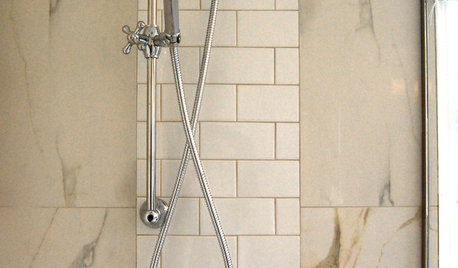
REMODELING GUIDES9 Ways Grout–Yes, Grout–Can Add to Your Design
Choose From a Palette of Grout Colors for a Warm, Unified Look
Full Story
BATHROOM DESIGNConvert Your Tub Space Into a Shower — the Tiling and Grouting Phase
Step 3 in swapping your tub for a sleek new shower: Pick the right tile and test it out, then choose your grout color and type
Full Story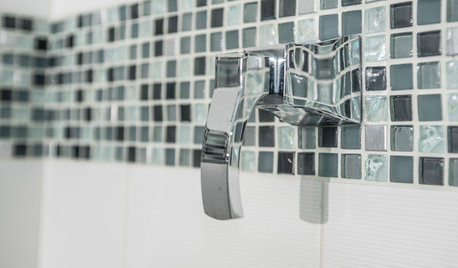
TILE3 Key Steps for Grouting That Looks Its Best
Get your grout right to keep your tile beautiful and for an installation that will last
Full Story
BATHROOM WORKBOOKStandard Fixture Dimensions and Measurements for a Primary Bath
Create a luxe bathroom that functions well with these key measurements and layout tips
Full Story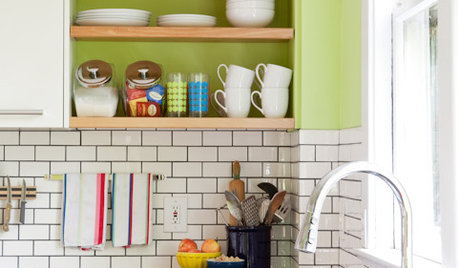
KITCHEN DESIGNSubway Tile Picks Up Gray Grout
Heading into darker territory, subway tile offers a graphic new look for kitchens, bathrooms and more
Full Story
SELLING YOUR HOUSE10 Tricks to Help Your Bathroom Sell Your House
As with the kitchen, the bathroom is always a high priority for home buyers. Here’s how to showcase your bathroom so it looks its best
Full Story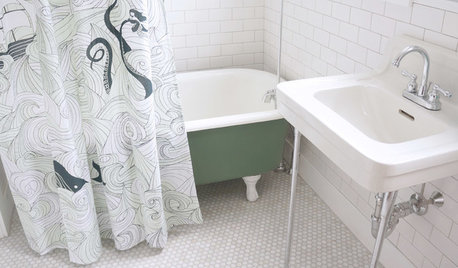
BATHROOM MAKEOVERSRoom of the Day: See the Bathroom That Helped a House Sell in a Day
Sophisticated but sensitive bathroom upgrades help a century-old house move fast on the market
Full Story
SELLING YOUR HOUSE5 Savvy Fixes to Help Your Home Sell
Get the maximum return on your spruce-up dollars by putting your money in the areas buyers care most about
Full Story


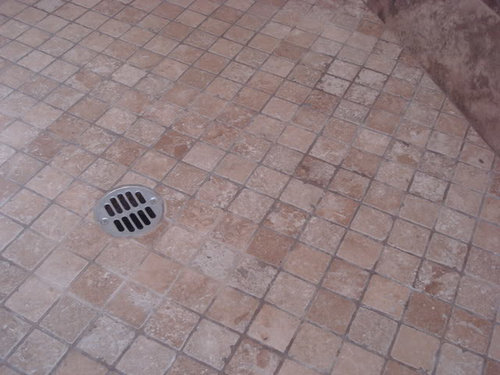
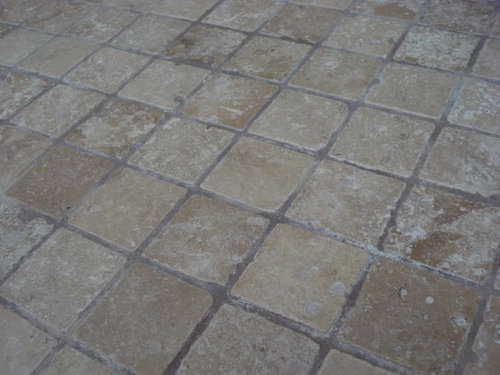
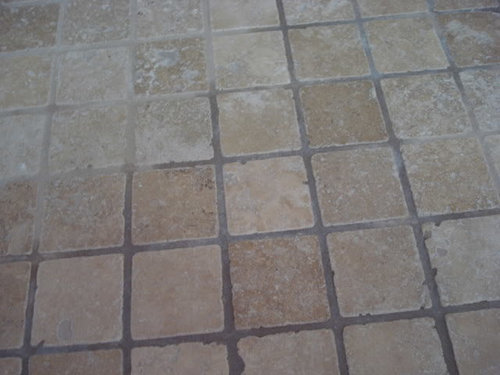
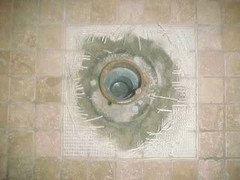
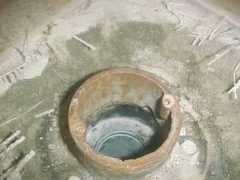
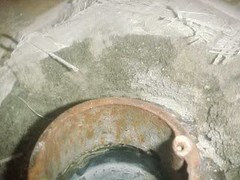
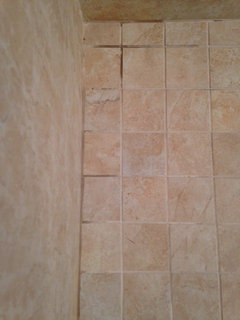
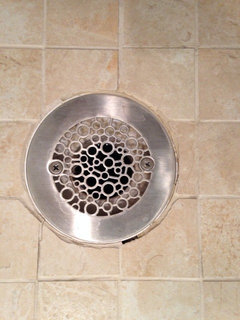

keeth